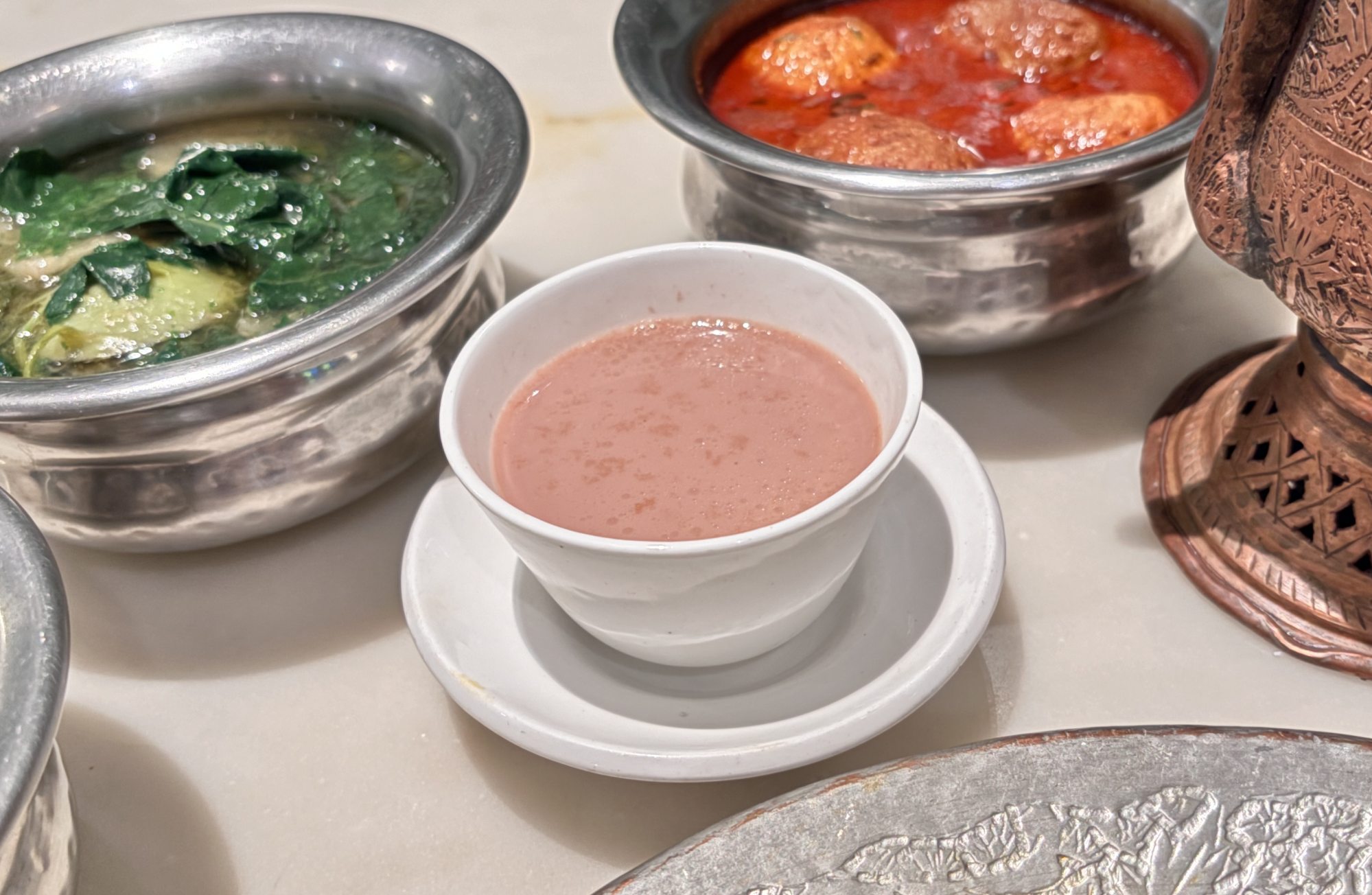The brew-haha prompted the US embassy in London to release a tongue-in-cheek statement, saying that “the unthinkable notion of adding salt to Britain’s national drink is not official United States policy”.
Francl explains that salt acts as a blocker to the receptor which makes tea taste bitter, especially when it has been stewed.
In her book – the product of three years’ research and experimentation – she explores more than 100 chemical compounds found in tea and “puts the chemistry to use with advice on how to brew a better cup”, its publisher says.
How TWG Tea and Bacha Coffee became status symbols by playing the age card
How TWG Tea and Bacha Coffee became status symbols by playing the age card
While Francl’s suggestion stirred a global debate about tea, some can’t fathom what all the fuss is about, given the many ways of enjoying the drink – salted or not.
“People’s preferences for various teas reflects a rich diversity of tastes influenced by cultural, regional, and personal factors. The variety of teas enjoyed globally mirrors the global tapestry of flavours and customs, offering a glimpse into the rich cultural landscapes that shape our palates,” says Asim Mamgain, resident manager of the Shangri-La Eros New Delhi hotel.

“ Spiced chai holds a special place in South Asian traditions,” he says.

Mixing salt in tea is hardly a new idea. It was mentioned in eighth-century Chinese manuscripts, which Francl analysed to perfect her recipe. During the Tang dynasty (618-907) it was common for tea drinkers to add salt to tea, explains food anthropologist Piyush Somani.
“During the second century BC, tea leaves, which came in the form of compressed cakes, were cooked in a pot of water in parts of China with salt, ginger, scallions, jujubes, orange peel, mint leaves and drunk like a brothy tea,” he says.
Chinese-Indian chef on her ‘very personal’ mission to spread Hakka cuisine
Chinese-Indian chef on her ‘very personal’ mission to spread Hakka cuisine
In India, Kashmiris and Bengalis have been adding salt to popular teas noon chai and lebu cha since time immemorial. Lebu cha is a piquant infusion of black tea, lemon, rock salt and spices.
In Kashmir, noon chai is also called gulabi chai, from the Hindi word for pink, and is a regional staple during Chillai Kalan, the 40 days of harsh winter from mid-December to the end of January when the region is typically swathed in snow.

“The word noon means salt in Kashmiri, so this is ‘salt tea’ which warms drinkers in freezing winters. The addition of baking soda or sodium bicarbonate gives the tea its signature pink hue as the chemical reacts with the tea leaves while brewing. It is what gives noon chai its characteristic taste,” says chef Srinivas of Chor Bizarre restaurant in New Delhi.
Chor Bizarre serves a Kashmiri wazwan, a feast of 15 dishes prepared by traditional cooks called wazas, paired with noon chai served in a samovar (a metal container used in the brewing process).
“The beverage helps wash down the heavy meal and facilitates digestion apart from leaving a lingering aftertaste. Noon chai is also served with Kashmiri high tea paired with traditional nibbles,” Srinivas says.

Garhwal, in the Indian Himalayas, offers another iteration of salt tea called namkeen chai, which is brewed from yak milk, salt, mutton fat and dried peach.
For this, mutton fat is dried in the sun, ground with dried peach and boiled with yak milk. Tea leaves called dooni chai patta, and salt, are then added.
After some time, all the ingredients are placed in a long bamboo cylinder and churned with a bamboo ladle until they acquire a frothy, cappuccino foam consistency. It is served piping hot in earthen pots called kulhads.
How Hong Kong-style milk tea in the UK is giving émigrés a taste of home
How Hong Kong-style milk tea in the UK is giving émigrés a taste of home
As well as having warming qualities, the mutton fat adds flavour and a rich consistency to the tea.
Tibetan yak butter tea, also known as bho jha, is believed to have therapeutic properties, based on the traditional Tibetan belief that the combination of butter and tea provides a greater mind-body balance than when the two are consumed separately.
For this, tea leaves are boiled in water for a few minutes until a dark brown concoction is formed. The liquid is then skimmed and poured into a churning cylinder, and mixed with yak butter and salt until it acquires a cheesy flavour.
Tea and etymology: where your ‘cuppa char’ came from
Tea and etymology: where your ‘cuppa char’ came from
Suja, the national tea in Bhutan, is made from sea salt and butter. It is infused with herby jahril leaves and made in a jasu (plastic churner). In the past, bamboo or wooden pipes would be used to make suja, which is traditionally served in a shallow wooden cup called a phob.
Khulan Khan, a Mongolian home cook based in New Delhi, explains that across the Mongolian steppe, a salty tea called suutei tsai (meaning “tea with milk” in Mongolian) has been enjoyed for centuries. The drink is made from milk steeped with green tea and toasted millet.
“In the high and oxygen-deficient regions, no beverage can replace the status of butter tea, and it also plays an important social and ceremonial role in welcoming guests.
“Its authentic version is tangy and deeply savoury – an acquired taste, for sure,” Khan says.







